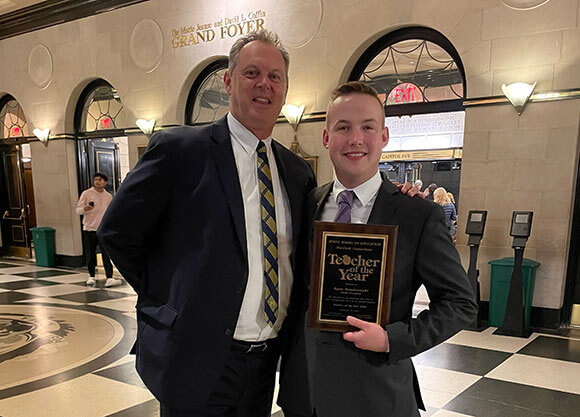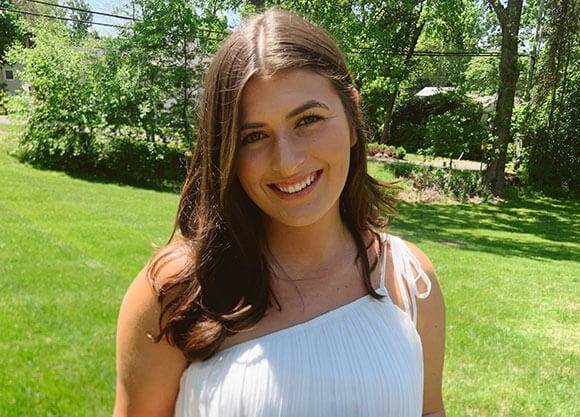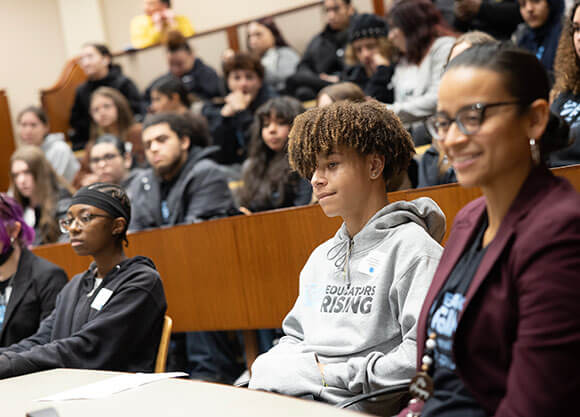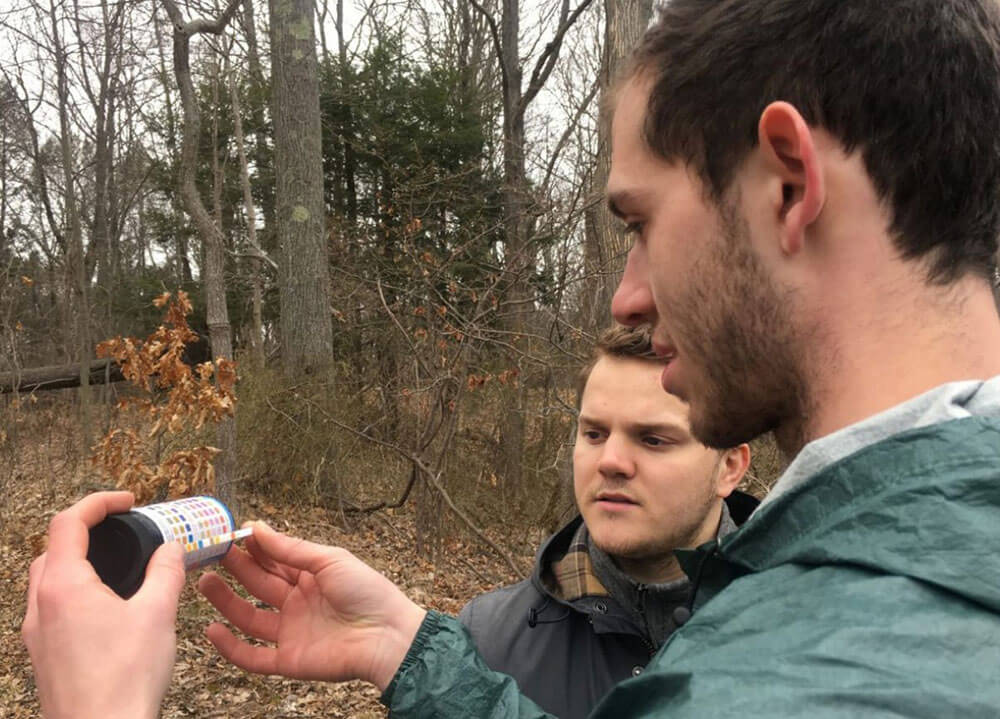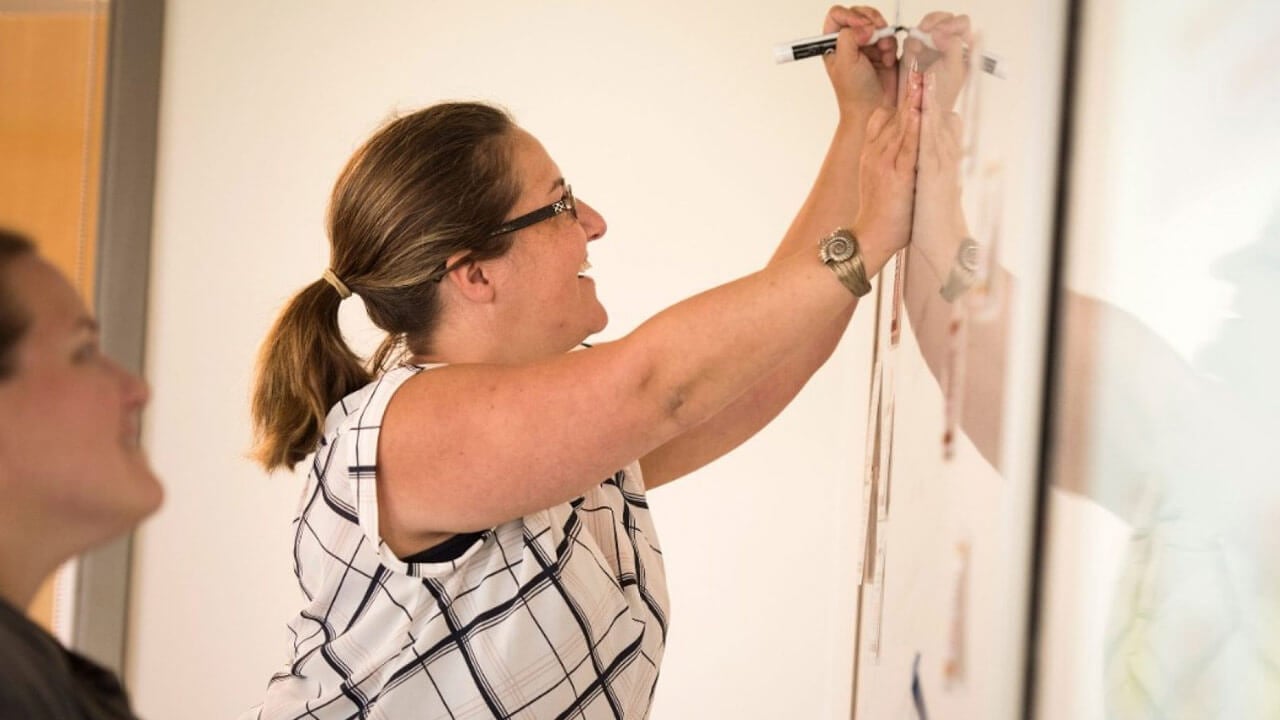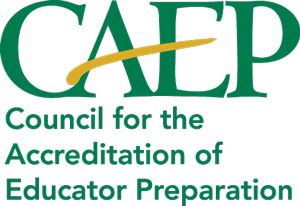Our Dual-Degree Master of Arts in Teaching program provides you with the knowledge and experience you need to profoundly impact the lives of students in grades 4–12. As a 4+1 MAT student, your internship experience in a school during your graduate year will offer significant savings on tuition via the tuition remission program.
Program Overview
The Dual-Degree MAT program enables you to complete your bachelor’s and master’s degrees and obtain your secondary teaching certificate (grades 4 through 12) within five years. In your first year, you’ll select one of the following majors: biology, chemistry, English, history or mathematics. Majoring in one of these content areas will prepare you to teach that subject at the secondary school level. We’ll provide several graduate content courses in your field and the pedagogy necessary to help you plan lessons, manage a classroom and prepare you for teaching and learning in a contemporary school setting.
As a first-year student, you will begin the program with ED 140, Introduction to Public Education. This 1-credit course welcomes you to the teaching profession and helps you navigate the education pathways you will encounter along the way such as course sequence, licensure, inter-state certification, cross-endorsements and the State Department of Education. You will explore current and past issues as well as trends in education.
In your sophomore year, you will take two foundational courses in diversity and the philosophy of education. These early courses provide opportunities to build relationships with faculty and you will become further involved in our School of Education events and clubs. In the spring of your sophomore year, you will have a formal review of your overall academic work and meet with education faculty to update your status. If you maintain a 3.0 grade average and your desire to teach is still strong, you will be encouraged to continue in the 4+1, dual-degree program.
During your junior and senior years, you will spend 20 hours each semester in public schools observing, working with small groups and assisting the classroom teacher with lessons. In addition, you will continue your coursework in education. After you receive your bachelor‘s degree, you will transition to graduate school. Your final year will be spent interning at an area school as a permanent substitute teacher. In the spring, you will spend 50 days completing your student teaching under the supervision of an on-site mentor and a School of Education faculty member.
Teaching certification and licensure is regulated by each state. Connecticut participates in the NASDTEC Interstate Compact (NASDTEC). States that participate in this compact agree to accept the planned program of study of graduates in any of the states that are part of that compact. NY, NJ, MA, RI, PA, ME, VT & NH are just a few of the states included in this compact.












